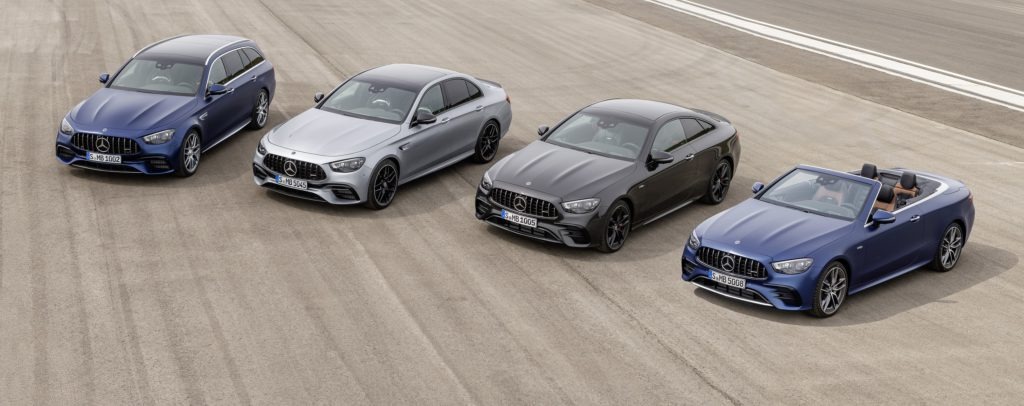Signs of sales recovery at Mercedes-Benz
24 July 2020

24 July 2020
Daimler reported signs of a recovery at their Mercedes-Benz brand in Q2 2020, as sales bounced back from the coronavirus (COVID-19) pandemic. The latest figures reveal that the luxury car brand fared better than expected, while the larger manufacturing group posted an increased operating loss of €1.68 billion.
The pandemic is expected to continue to have a strong impact during the rest of the year, with a considerable decline in global economic output predicted by the group. Daimler anticipates positive EBIT and free cash flows in 2020, but these are still forecast to be lower than last year. The company’s positive outlook is dependent on the economy rebounding and there being no second wave of COVID-19.
COVID-19 impact
Daimler’s operations were hit hard by the pandemic, which brought global economic activity to a standstill. The group’s total unit sales declined by 34% to 541,800 passenger cars and commercial vehicles in Q2 2020 (821,700 in Q2 2019). Revenue slipped by 29% to €30.2 billion (€42.7 billion in Q2 2019) and EBIT was -€1.68 billion (-€1.55 billion in Q2 2019). The net loss was €1.9 billion, against a loss of €1.2 billion in the same quarter last year.
′Due to the unprecedented COVID-19 pandemic, we had to endure a challenging quarter. But our net industrial liquidity is a testament to effective cost control and cash management, which we must continue to enforce,’ said Daimler CEO Ola Källenius.
In an effort to counter the drop in demand, the group suspended production in March, April and May, as well as introducing ′short-time working.’ Expenditure was also reduced and investments were whittled back to the most critical projects. Working capital was managed with a focus on inventory reduction.
Signs of recovery
Mercedes-Benz Cars and Vans sales decreased by 30% to 480,800 vehicles in April, May and June (686,800 in Q2 2019). Adjusted EBIT was -€284 million (€1,148 million in Q2 2019) and adjusted return on sales was -1.5% (4.5% in Q2 2019). The group said a favourable model mix, driven by the success of newer products, had contributed positively. As the brand was affected by substantial special items in 2019, Daimler does have a lower bar to aim for this year.
′We are now seeing the first signs of a sales recovery – especially at Mercedes-Benz passenger cars, where we are experiencing strong demand for our top-end models and our electrified vehicles,’ Källenius said. ′Going forward, we are firmly determined to continue to improve the cost base of our company. At the same time, we are committed to our key strategic objectives: to lead in electrification and digitalisation.’
Meanwhile, restructuring expenses for capacity adjustments at sites like Hambach, Tuscaloosa and Aguascalientes (€687 million), and a personnel cost-reduction programme (€101 million), harmed profitability. The carmaker expects these initiatives will reduce fixed costs in the medium and long term.
Daimler expects the pandemic will continue to have a sizeable impact on development over the rest of 2020. The manufacturer is predicting a considerable decline in global economic output, with the decrease in unit sales not being offset in the remainder of the year. To combat this, the group plans to intensify its efficiency and capacity measures. The success of these plans will be weighed against the global economic recovery and the looming threat of a second wave.